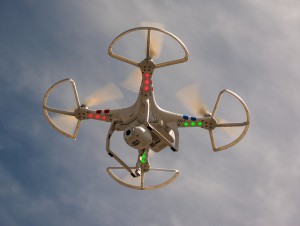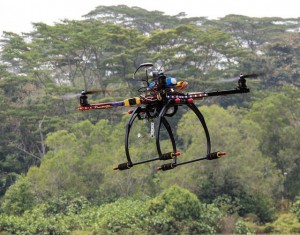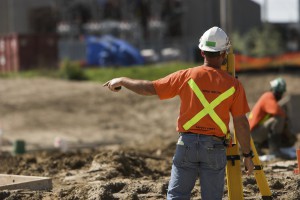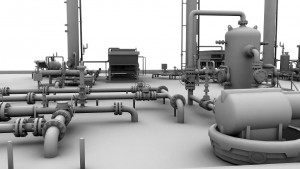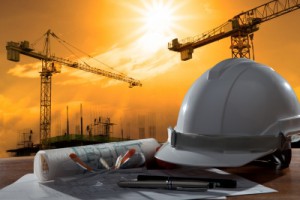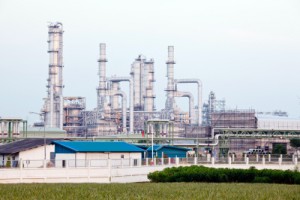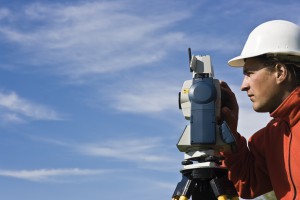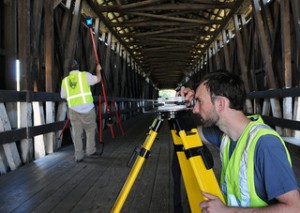Oil and Gas Surveying: What You Need to Know About Easements
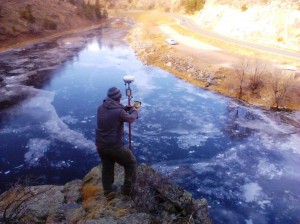 As you may already know, an easement refers to the right granted to a person or entity to use a piece of land for a particular purpose. It’s very important that oil and gas companies understand the easement situation in an area when planning projects, as failing to do so could result in higher costs and legal trouble down the line. In this post, we’ll give a brief overview of some of the things every oil and gas company should know about easements; however, working with an experienced oil and gas surveying provider is the best way to truly understand the issue and avoid problems.
As you may already know, an easement refers to the right granted to a person or entity to use a piece of land for a particular purpose. It’s very important that oil and gas companies understand the easement situation in an area when planning projects, as failing to do so could result in higher costs and legal trouble down the line. In this post, we’ll give a brief overview of some of the things every oil and gas company should know about easements; however, working with an experienced oil and gas surveying provider is the best way to truly understand the issue and avoid problems.
Are there any existing easements on a particular piece of land?
If you’re considering a piece of land for an oil and gas project, an existing easement from another organization would legally prevent you from developing it or taking out an easement of your own. Of course, the only way to find out for sure what existing easements there are in an area is to conduct a thorough review of the land records for the area. An oil and gas surveying provider can help with this investigation, thereby limiting the chance that you’ll end up with an unpleasant surprise later on, when your project is already in progress.
Is the piece of land that’s being considered for an easement in danger of experiencing significant erosion?
Over time, land erosion has the ability to significantly alter the features of a terrain. In the case of an easement, this fact matters because it could result in a company being unable to access their easement, or unable to use it for its stated purpose. When this happens, all of the hard work put into gaining the easement ends up being for nothing.
A land surveyor can help you study the possible effects of erosion on a particular piece of land, so that you’ll have a better idea of how that land will function as an easement over time. By taking into account all possible outcomes related to erosion, the surveyor can help you come up with contingency plans, or seek out a new piece of land that might be less sensitive to the effects of erosion.
What type of easement is your company getting?
Legally, land easements are divided into two different types: easements appurtenant and easements in gross. An easement appurtenant is an easement that is tied to the land itself; if the ownership of the land where the easement lies or the land served by the easement ever changes hands, the easement will change hands accordingly. Also, the owner of an easement appurtenant must own a piece of land that is somehow affected by the easement, which usually means a piece of land that is adjacent to the easement.
On the other hand, an easement in gross is owned by an entity that does not need to own land adjacent to the easement. Since this type of easement is not tied to the land, changes in ownership of the land do not affect ownership of the easement.
Will you need to change the easement later on?
If the scope of a project changes unexpectedly after the project is already in progress, this means that the easement might need to change as well. In cases like this, the land owner might choose to request significantly more money for the expanded easement, knowing that the company has no choices other than to pay the increased rate or abandon all the work they’ve already done on the project.
Work with your land surveying firm to anticipate your future needs so that you can get your easement right the first time and not end up paying increased fees in the future.
Contact Landpoint today to learn more about what our oil and gas surveying knowledge and experience can do for you.

Image Source : dan

